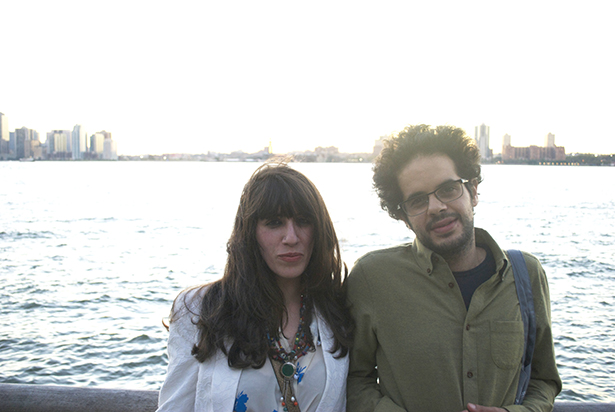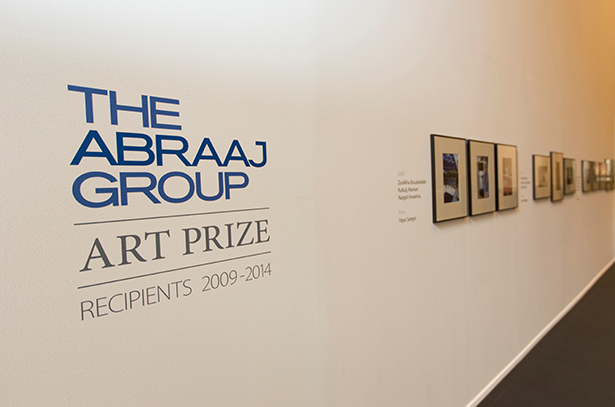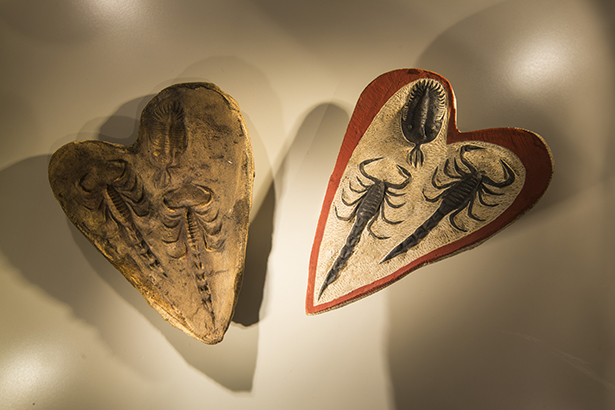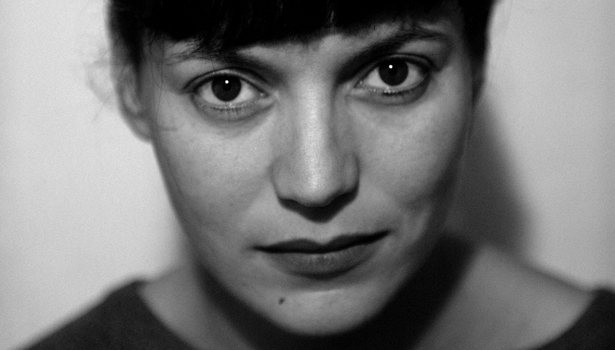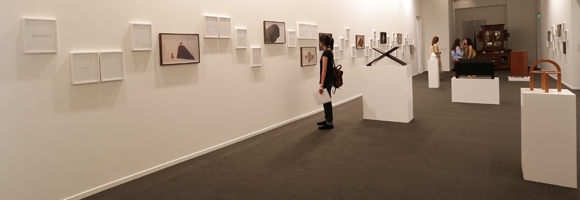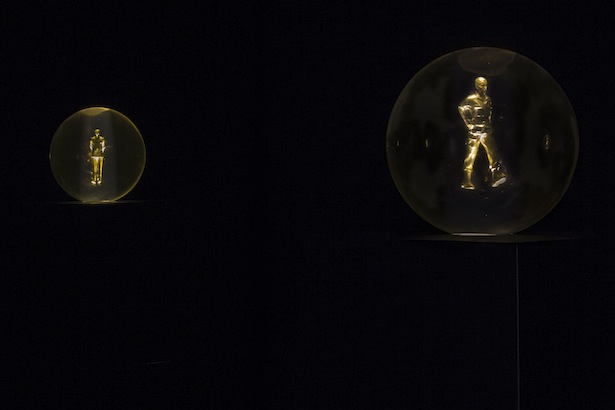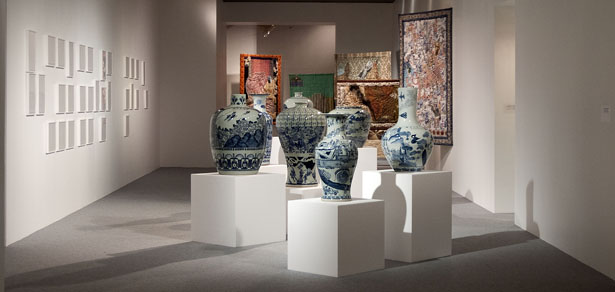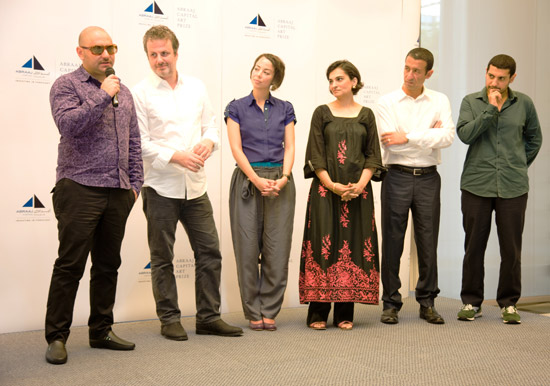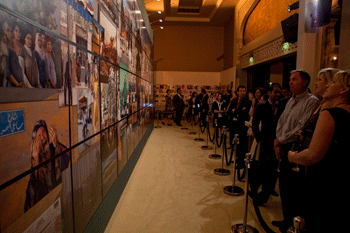Garden and Spring
March 19–22, 2014
Art Dubai
Madinat Jumeirah
Dubai
UAE
www.gardenandspring.com
www.abraajgroupartprize.com
Garden and Spring takes as its title that of the canonical Urdu text Bagh O Bahar, the tale of a king without an heir. On a solitary journey, he encounters a group of itinerant dervishes who share cautionary tales, following the epistolary conventions of the epic form—adventure and heroism, greed and fallibility, miracle and redemption.
The five winning artists presented in the 2014 edition of The Abraaj Group Art Prize were chosen on the basis of written proposals delineating hypothetical works of art. Their selection was determined, in part, by the persuasive powers of their textual descriptions to suggest visual forms. Now realised after an intensive period of research, travel and production, the completed works continue to demonstrate a commitment to the narrative genre. Abbas Akhavan‘s Study for a Hanging Garden is a floor-based sculptural work that looks towards the flora native to Iraq to dwell on the effects of time on power. Kamrooz Aram‘s Ancient Through Modern: A Collection of Uncertain Objects, Part 1 is a wall installation that investigates the arbitrary value of cultural artifacts. Bouchra Khalili‘s video Garden Conversationimagines an apocryphal conversation between twentieth-century heroes. Basim Magdy‘s moving-image work The Dent invents a place that continues to build, even as it is destroyed. And Anup Mathew Thomas‘photographic series Nurses seeks out healers who have travelled away from Kerala toward new horizons. Together, the works resist dominant histories and systems of knowledge, reflect on forms of displacement and disillusionment, conjure up ghosts and foretell the future.
The title Bagh O Bahar, which first appeared when the text was adapted by Mir Amman, was irrelevant to its content. It was a chronogram of its year of publication (1217, Hijri) at the Fort William College in Calcutta, where British officers were taught the languages of the region through suitable texts that the institute commissioned. For the works that comprise this exhibition, the environment of the garden is not as arbitrary; it presents itself both visually and thematically, allowing for a loose affinity, a momentary accord. The liminal spaces of the Persian garden—from the legendary Golestan of Saa’di to the terrestrial geometry perfected by the Mughals—were designed for leisure and contemplation, for poetic encounters and philosophical conversations.
In this expansive spirit, five literary authors—Nadeem Aslam, Wiam El-Tamami, Githa Hariharan, Pankaj Mishra and Ruth Padel—were each invited to respond to a project proposal, the ground prepared by the artist. The gauntlet: to take as a point of departure the proposal itself, a space of flux and possibility and respond with a text. The digital experience of the publication contemporises the architecture of the Persian garden and produces a virtual environment where documentation of the artworks and commissioned texts can hope to live beyond the transient nature of the display. They are available on screens inside the exhibition, and online.
www.gardenandspring.com
Guest Curator: Nada Raza
Chair: Savita Apte
Associate Curator: Nida Ghouse
Digital design and exhibition graphics: Michael Salu
Web development: Theo Tillborg
Documentation and lighting: Vipul Sangoi
Copyediting: Jenifer Evans
Now in its sixth edition, The Abraaj Group Art Prize is globally unique in awarding talented artists on the basis of proposals rather than completed works. The artworks that have been created during the past six years form The Abraaj Group Art Collection, which now boasts twenty-six works. Since its inception, the prize has evolved considerably: Past winners are increasingly in the spotlight and the artworks have been loaned to major international biennials, such as Sharjah Biennial, Kochi Muziris Biennial, The Biennale of Sydney; as well as global institutions such as the Victoria and Albert Museum, London and the Smithsonian Museum of Asian Art, Washington D.C.
